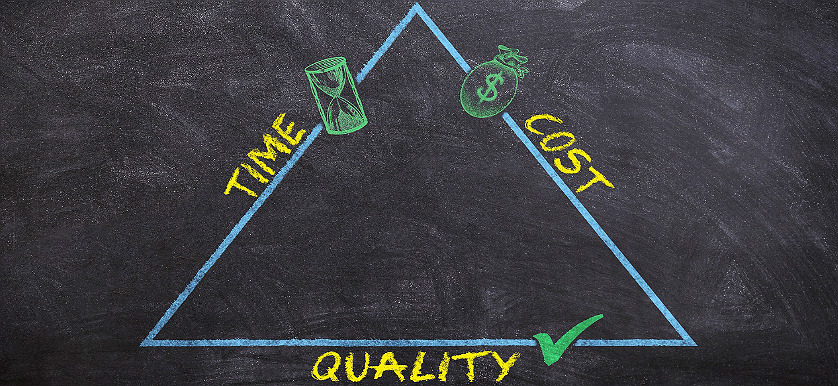KPI of the Day – Project Management: # Cost performance index (CPI)

Definition
Measures the numeric value that describes a project’s overall cost-related performance.
Purpose
To indicate the efficiency of managing project work and budget resources.
Recommendations
This indicator requires the calculation of two measures:
1. The budgeted cost of work scheduled (BCWS), which is the portion of the cost planned to be spent on a task between the starting date of the task and the status date. For example, the total planned budget for a 4-day task is $100 and it starts on a Monday. If the status date is set to the following Wednesday, the BCWS is $75.
2. The actual cost of work performed (ACWP), which is the total actual cost incurred while working on a task during a given period. For example, if the 4-day task actually incurs a total cost of $35 during each of the first 2 days, the ACWP for this period is $70 (but the BCWS is still $75).
Commonly, the main challenge that comes with assessing project cost performance is the inability to estimate costs before project deployment, as an initial stage in project implementation. It is evermore so a pressing matter, as most managers attempt to obtain cost estimations by mainly relying on guesses.
However, it is recommended to seek the numerical estimation of project costs through a quantified assessment of the resources required to complete part, or the whole, of the project. Project management capabilities as such, highly rely on project cost management and control.
When adequately employed, project cost management helps with forecasting project costs based on comprehensive analysis of past records for similar projects, but also focuses upon creating a plan for future revenues.
In this respect, the typical project management skills looked after refer to numerical analytics, accountancy, as well as robust entrepreneurial sense. As a measure of the efficiency of expenses spent on a project, the # Cost performance index (CPI) reflects on the overall health of the project by looking into the main issue associated with project performance, which is represented by deviance.
The financial effectiveness of a project assessed by the CPI is evaluated by comparing the budgeted cost of the work performed against the actual cost of the project roll-out.
In order to minimize such deviance and optimize costs, project managers should focus on:
- Establishing a detailed description of workflow with mini budgets for each work segments;
- Regularly forecasting on project costs and alter if there are inevitable external changes;
- Planning for future resources and estimate their costs in the future;
- Considering more intangible costs such as consultant fees or vendor costs in the project.
Targets should be higher than 1, this indicating that the conditions of cost efficiency for the project are considered to be favorable. A resulting value that is smaller than 1 indicates that the conditions of cost efficiency for the project are considered to be less than favorable, as the actual cost is higher than the budgeted cost of work scheduled.
It can change over the life of a project depending on the ways in which the earned values and actual cost have changed. A stable CPI is important because it is used as a benchmark to assess the potential for cost overruns.
Image source:

Tags: KPI, Portfolio and Project Management Performance





